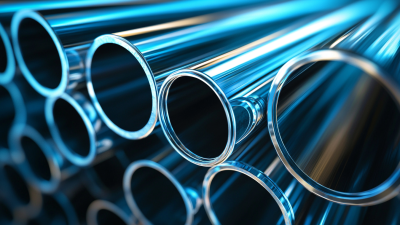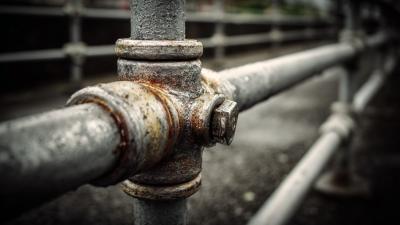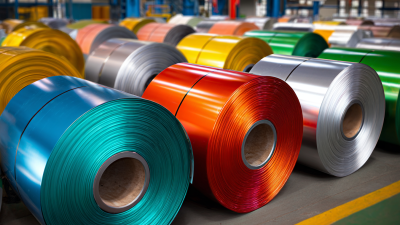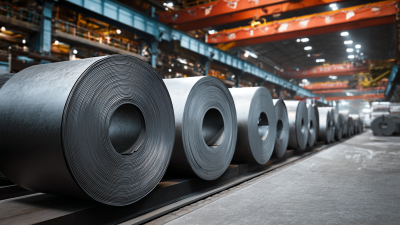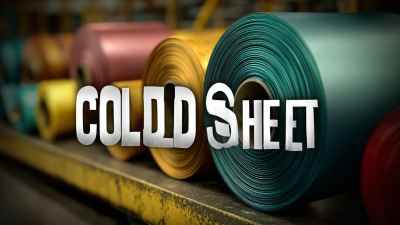In 2023, sourcing high-quality galvanized pipe has become increasingly vital for various industries, with the market for galvanized steel projected to reach USD 75 billion by 2026, according to a recent report by Global Market Insights. Galvanized pipe, known for its durability and resistance to corrosion, is a critical component in construction, plumbing, and industrial applications.
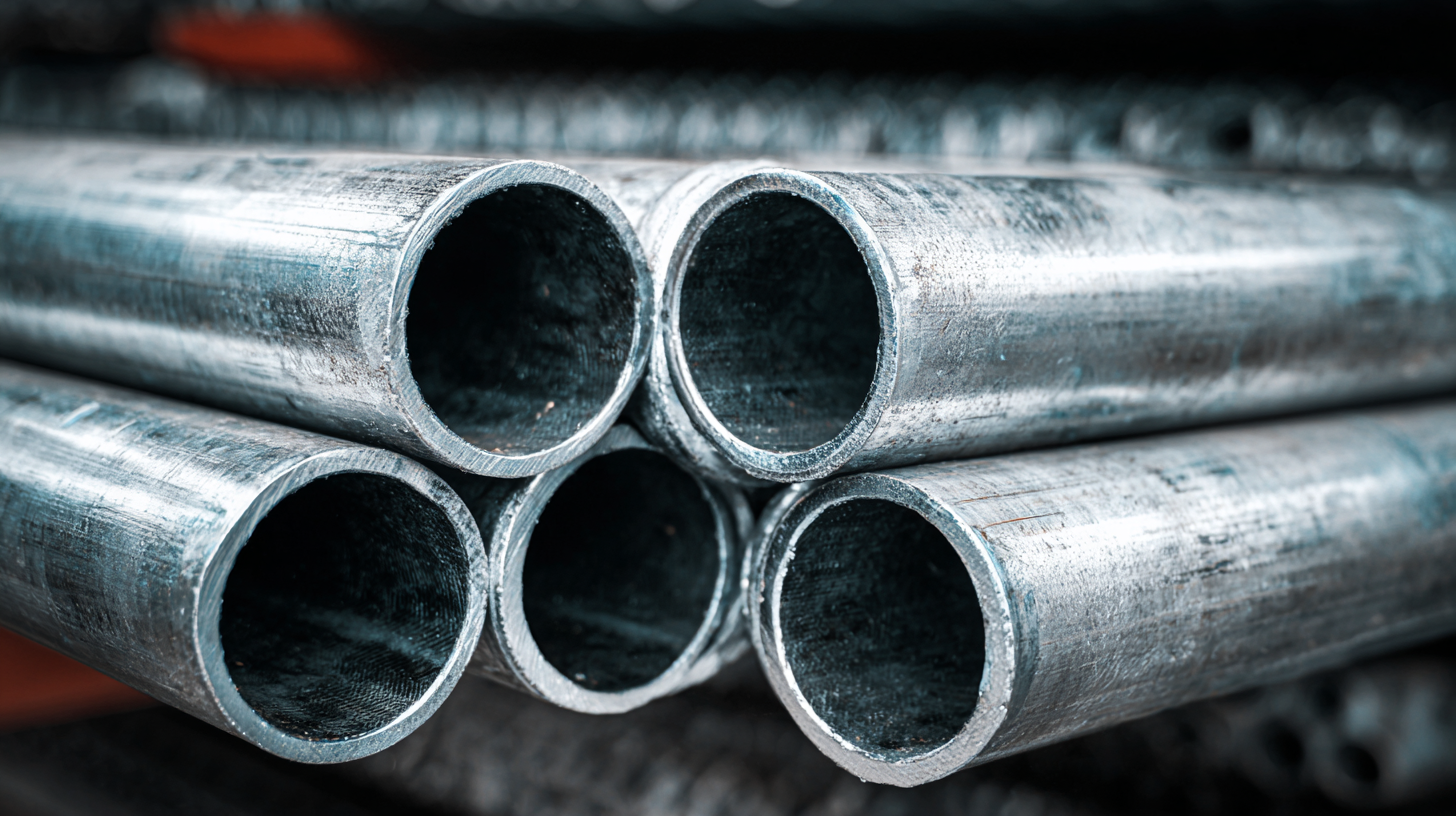
With such significant demand, finding reliable sources for high-quality galvanized pipe can be challenging, especially in an ever-evolving market. Inaccurate sourcing can lead to project delays and increased costs. Therefore, understanding the essential factors that influence the purchasing process is crucial for professionals in the field.
This blog presents ten essential tips to help you navigate the complexities of sourcing galvanized pipe effectively and efficiently, ensuring you make informed decisions that lead to successful outcomes.
When sourcing high-quality galvanized pipe in 2023, it’s crucial to understand the different types available on the market. Galvanized pipes are primarily categorized into two types: hot-dipped and electro-galvanized. Hot-dipped galvanized pipes undergo a process where they are submerged in molten zinc, creating a thick protective coating that provides excellent corrosion resistance. This type is ideal for applications subjected to harsh environmental conditions, making it a popular choice for outdoor plumbing and structural applications.
On the other hand, electro-galvanized pipes are coated with a thin layer of zinc through electrolysis, resulting in a smoother finish. While they offer moderate corrosion protection, they are best suited for indoor applications where exposure to moisture is minimal. Understanding these distinctions not only helps in selecting the right type of galvanized pipe but also ensures that your project meets the necessary durability and safety standards. By familiarizing yourself with their features, you'll be better equipped to make informed decisions when sourcing that perfect galvanized pipe for your needs.
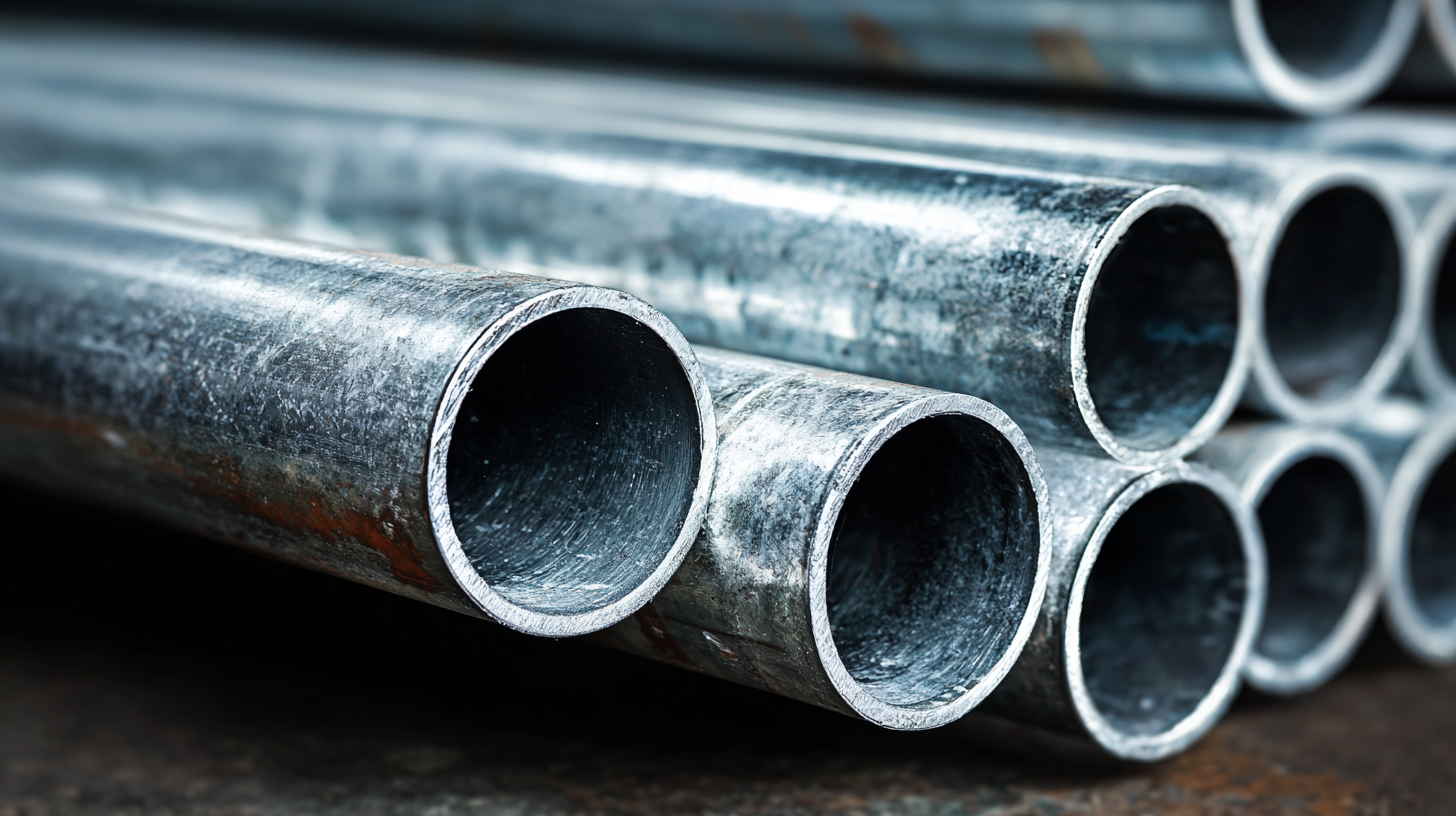
When sourcing galvanized pipes, understanding quality standards is paramount. According to the American Galvanizers Association, galvanized pipes are commonly assessed based on their galvanization thickness and adherence to specific industry standards such as ASTM A153 or ASTM A123. These standards dictate the minimum zinc coating required; for instance, ASTM A123 specifies a coating thickness of at least 1.5 ounces per square foot for structural steel, ensuring that the pipes are well-protected against corrosion.
Moreover, evaluating the mechanical properties of the galvanized pipe is crucial. A report by the International Journal of Innovative Research in Science, Engineering and Technology indicates that high-quality galvanized pipes should exhibit a minimum yield strength of 245 MPa and tensile strength ranging between 370 to 550 MPa. These mechanical properties not only optimize performance under pressure but also enhance longevity in various applications, making it vital to request detailed technical data from suppliers to confirm compliance with these standards before making a purchase.
| Tip Number | Quality Standard | Evaluation Criteria | Important Features | Common Use Cases |
|---|---|---|---|---|
| 1 | ASTM A53 | Minimum yield strength must meet spec | Corrosion resistance | Structural applications |
| 2 | ASTM A369 | Seamless pipe properties | Durability under pressure | Oil and gas applications |
| 3 | ISO 1461 | Zinc coating thickness | Protection against rust | Water supply and drainage |
| 4 | BS 1387 | Mechanical properties of welded tubes | Weld integrity | Building and construction |
| 5 | ANSI/ASME B36.10 | Standard pipe sizes and weights | Compatibility with fittings | General piping systems |
| 6 | ASTM A500 | Cold-formed welded and seamless | Versatility and strength | Mechanical applications |
| 7 | EN 10255 | General requirements for pipes | Quality assurance | Gas and water pipelines |
| 8 | API 5L | Lined pipes | Designed for high pressure | Transporting oil and gas |
| 9 | ASTM A618 | High-strength pipe | Good for heavy applications | Industrial frameworks |
| 10 | NACE MR0175 | Materials of construction for sour service | Resistance to sulfide stress | Oil production systems |
When sourcing high-quality galvanized pipe, identifying reliable suppliers is crucial to ensure quality and compliance with industry standards. According to a report by the American Iron and Steel Institute (AISI), the demand for galvanized steel products is expected to grow by 4% annually, highlighting the importance of partnering with trustworthy suppliers who can meet increasing market needs. A reliable supplier should provide evidence of compliance with ASTM A53 or ASTM A500 standards, which govern the specifications for welded and seamless steel pipes.
Moreover, industry surveys indicate that approximately 67% of procurement professionals prioritize supplier certifications as a key factor in their decision-making process. Suppliers who possess certifications such as ISO 9001 demonstrate a commitment to quality management systems. It's also essential to conduct background checks and verify the supplier's reputation in the market, as establishing a long-term relationship with a dependable supplier can significantly impact project success and cost-effectiveness. Therefore, understanding the reputation and reliability of suppliers is paramount when sourcing galvanized pipe in today's competitive environment.
When sourcing high-quality galvanized pipe, it is crucial to perform thorough inspections before making any purchases. Galvanized pipes, known for their corrosion resistance, are widely used in plumbing, construction, and various industrial applications. An effective inspection process ensures that the pipes meet safety standards and will perform reliably over their intended lifespan. Look for any signs of damage, corrosion, or manufacturing defects that could compromise the integrity of the pipe.
Additionally, just as homebuyers are advised to conduct a comprehensive inspection before purchasing a property, buyers of galvanized pipe should adopt similar diligence. This includes verifying the manufacturer's reputation and quality assurance processes. Understanding the specific requirements for your project can guide you in selecting the appropriate grade of pipe. By adhering to best practices in inspecting galvanized pipe, you can safeguard your investments and prevent costly replacements or repairs down the line.
This chart presents a comparison of essential quality metrics for galvanized pipe sourced in 2023. The metrics include Thickness (mm), Zinc Coating (g/m²), and Yield Strength (MPa), which are critical factors affecting water and structural applications.
When sourcing high-quality galvanized pipe in 2023, understanding price points is crucial for making cost-effective choices. According to a recent report by Grand View Research, the global galvanized steel market is expected to reach $119 billion by 2027, reflecting significant demand across various sectors. This surge highlights the importance of strategic sourcing; finding suppliers who can offer competitive pricing while maintaining product quality can significantly impact your bottom line.
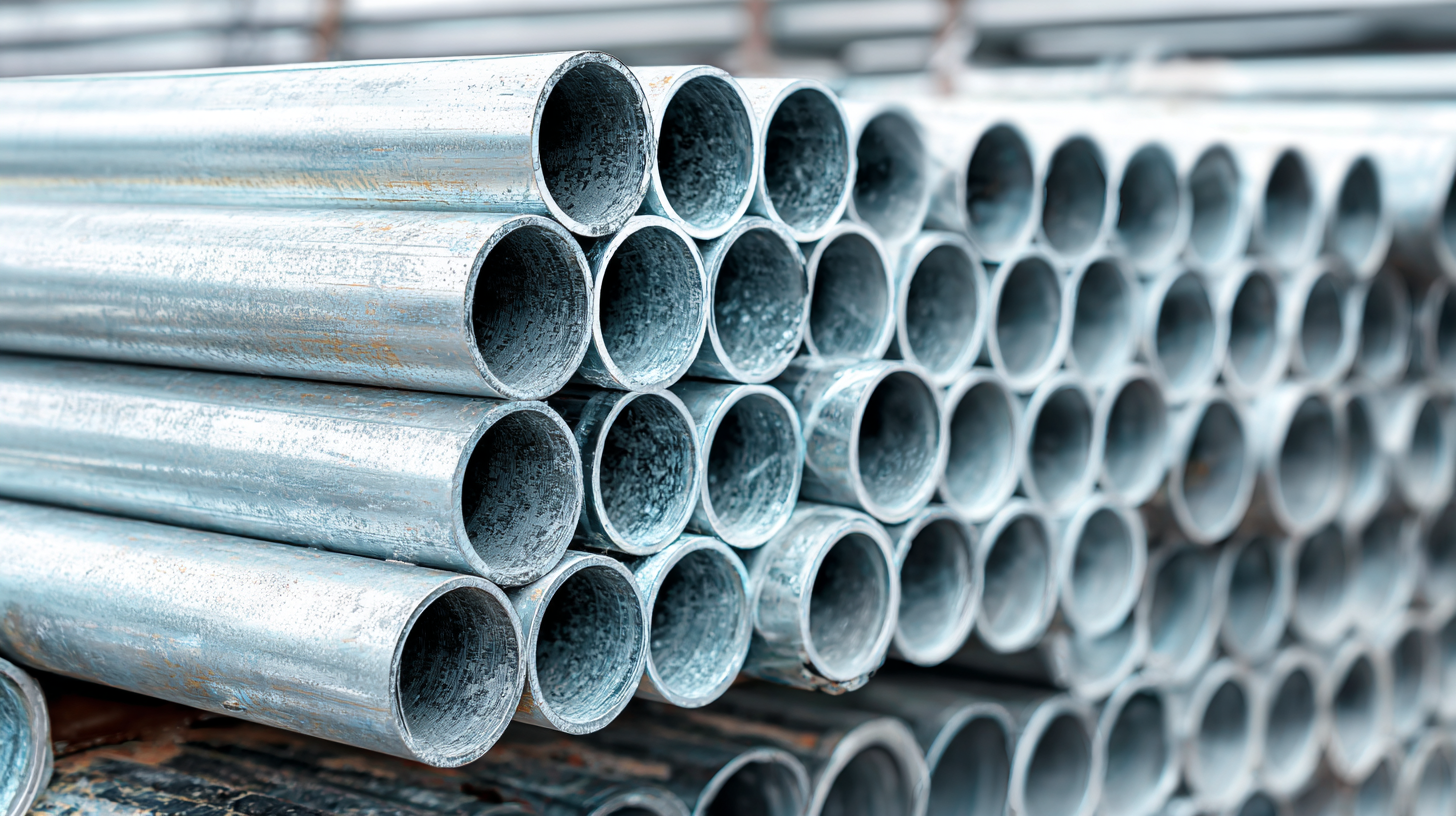
To navigate the complexities of price points, consider leveraging bulk purchasing agreements. Industry data indicates that companies that engage in bulk orders can save up to 20% compared to standard pricing. Additionally, it’s vital to factor in variations in raw material costs, as fluctuations can directly influence the price of galvanized pipes. A study by the World Steel Association revealed that steel prices are projected to average between $700 to $850 per metric ton in the upcoming year, emphasizing the need for effective sourcing strategies to mitigate potential price increases. By conducting thorough market research and building strong supplier relationships, businesses can ensure they secure high-quality galvanized pipes without overspending.
